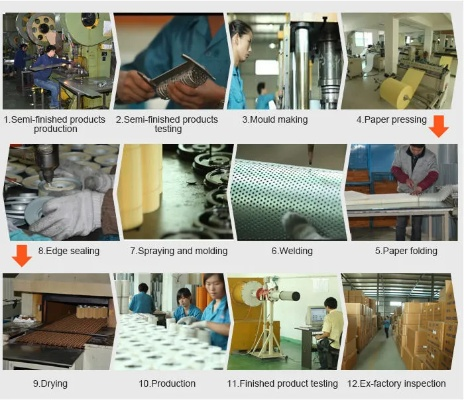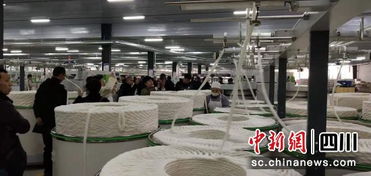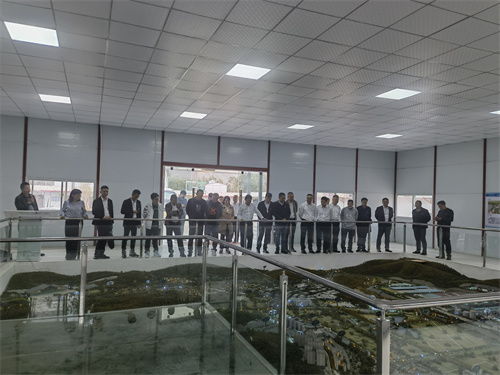The Global Market Trends and Challenges of Cashmere Textiles Industry
The cashmere textile industry has experienced significant growth in recent years, driven by increasing demand for luxury and high-end apparel. However, the industry faces numerous challenges, including rising costs due to increased global production, competition from other natural fiber materials like wool and silk, and environmental concerns related to animal welfare practices. As a result, manufacturers must adopt sustainable practices to remain competitive in a rapidly evolving market.
Introduction: The cashmere industry is renowned for its luxurious and soft texture, making it a popular choice for high-end fashion and home decor items. With a global market that is worth an estimated $12 billion in 2020, the cashmere sector continues to grow rapidly, driven by demand from consumers around the globe seeking comfort and luxury in their apparel and furnishings. However, this growth is not without its challenges, as the cashmere industry faces various pressures from raw material sourcing, labor conditions, environmental regulations, and technological advancements. In this essay, we explore the global trends and challenges facing the cashmere textile industry.
Global Market Trends:
-
Growing Demand: Cashmere has long been sought after for its superior warmth and softness, which make it ideal for winter wear, bedding, and other high-touch products. As consumer preferences continue to evolve towards more sustainable and eco-friendly materials, there is a growing demand for cashmere products that meet these expectations.
-
Increased Investment in Research and Development: Companies in the cashmere industry are investing heavily in R&D to develop new fabrics and technologies that improve the quality, durability, and sustainability of their products. This investment is aimed at meeting the demands of the market and staying competitive in a fast-paced industry landscape.

-
Shift towards Sustainability: With concerns about the environmental impact of traditional cashmere production methods such as shearing animals, there has been a growing trend toward sustainable practices. Companies are adopting more ethical and responsible sourcing strategies, such as using organic wool or recycled yarns, to appeal to eco-conscious consumers.
-
Online Platforms and Direct-to-Consumer Models: The COVID-19 pandemic has accelerated the move towards e-commerce and direct-to-consumer (DTC) sales models. Cashmere brands are leveraging social media and online marketplaces to reach a broader audience and offer personalized services, creating a more direct connection between producers and consumers.
Challenges:
-
Raw Material Sourcing: Due to the scarcity of natural cashmere fiber in remote regions of Asia, supply chain disruptions can occur, leading to price increases and shortages. Companies must work closely with suppliers and diversify their sources to mitigate this risk.
-
Labor Conditions: The cashmere industry places significant emphasis on ethical labor practices, but some countries still face issues with wages, working conditions, and overwork. These factors can negatively impact the image of the industry and deter potential customers.
-
Environmental Regulations: Regulatory requirements regarding animal welfare and environmental protection have increased in many countries. Companies must comply with strict standards to avoid penalties and reputational damage, which can be costly for smaller businesses.
-
Technological Advancements: As technology advances, new manufacturing processes and materials are being developed. Companies must keep up with these innovations to remain competitive, which can involve significant investments in research and development.
Case Study: One example of the success of the cashmere textile industry is the Australian brand, Cashmere Australia. Since its inception in 1976, this company has become synonymous with quality, sustainability, and ethical practices. Cashmere Australia sources its cashmere directly from small-scale farms in the Australian Outback, ensuring that the animals are treated humanely. The company also invests in renewable energy and implements best practices in waste management to minimize its environmental impact. By offering a range of products including clothing, home textiles, and accessories, Cashmere Australia has established itself as a leader in the industry, appealing to a diverse customer base across the globe.
Conclusion: The cashmere textile industry faces both exciting opportunities and significant challenges. By embracing sustainable practices, addressing labor concerns, and adapting to technological advancements, companies can thrive in a rapidly evolving market. As the global demand for high-quality, sustainable cashmere continues to grow, the industry will continue to play a crucial role in shaping future trends and driving innovation.
羊绒纺织厂概述 The Finest Textiles: The Story of Our羊绒纺织厂

Our羊绒纺织厂位于XX市,是一家专注于羊绒纺织生产的知名企业,我们致力于提供高质量、环保、可持续的羊绒纺织品,满足全球消费者的需求,在羊绒纺织行业中,我们以其精湛的工艺、先进的设备和技术,赢得了广泛的赞誉和信任。
羊绒纺织厂生产流程
- 原料采集:我们采用优质的羊绒原料,从优质的羊群中采集。
- 清洗处理:清洗后的羊绒经过专业的处理,去除杂质和异味。
- 纺纱:采用先进的纺纱技术,将清洗后的羊绒制成纱线。
- 织布:将纱线织成各种羊绒纺织品,如毛衣、围巾、帽子等。
- 品质检测:在每个生产环节,我们都进行严格的品质检测,确保产品质量。
羊绒纺织厂的产品特点
- 高品质:我们的羊绒纺织品采用优质羊绒原料,经过严格的质量检测,确保产品质量。
- 环保可持续:我们注重环保和可持续性,采用环保生产方式,减少对环境的污染。
- 多样化产品:我们的羊绒纺织品种类繁多,包括毛衣、围巾、帽子等,满足不同消费者的需求。
案例分析
环保生产与可持续发展
在过去的一年中,我们的羊绒纺织厂成功实施了一项环保生产计划,我们采用了先进的环保生产技术,减少了对环境的污染,我们还注重员工的培训和教育,提高员工的环保意识,通过这些措施,我们的羊绒纺织厂在环保和可持续发展方面取得了显著的成果。
技术创新与先进设备
我们的羊绒纺织厂拥有一系列先进的设备和技术,我们采用了自动化纺纱技术,提高了生产效率和质量,我们还引进了先进的织布设备和技术,提高了织布的精度和质量,这些先进的技术和设备不仅提高了生产效率和质量,还提高了产品的附加值和竞争力。
展望未来
展望未来,我们将继续致力于提高产品质量和竞争力,同时注重环保和可持续性,我们将继续采用先进的生产技术和设备,提高生产效率和产品质量,我们还将加强员工的培训和教育,提高员工的环保意识和技能水平,我们相信,在未来的发展中,我们的羊绒纺织厂将会成为行业的佼佼者,为全球消费者提供高质量、环保、可持续的羊绒纺织品。
Articles related to the knowledge points of this article:
The Dynamics of the Silver Jacket Textile Factory:A Case Study
The Glitz and Glamour of Chinas Textile Mill Women
The Ghazni Textile Factory:An Insight into the World of Textile Manufacturing
The Journey of Innovation at Jining JiaXiang Textile Factory



